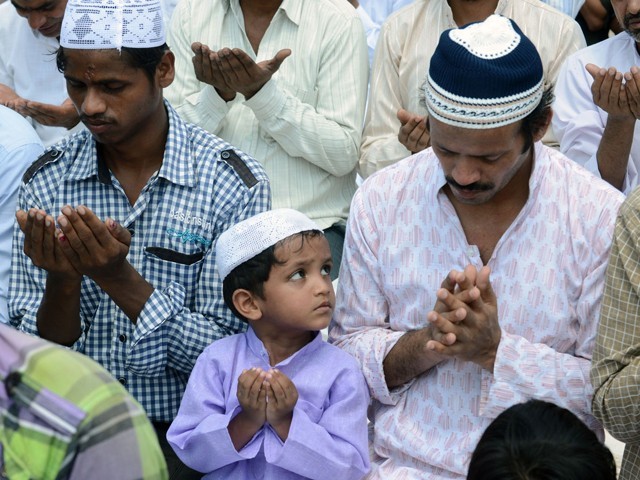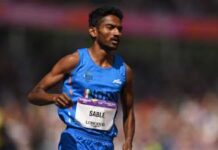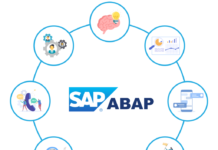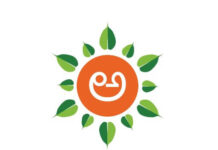By Shafee Ahmed Ko. Chennai
Some of my North Indian friends arrived from Delhi to Chennai for a tour of Vellore Dist (Formerly: North Arcot Dist) to visit some of the shoe and leather industries at Ambur and Vaniyambadi, some months ago.
I had to lead four of them who could not understand the local dialect. Every where we went, we enjoyed the warmth of hospitality and, Urdu spoken was invariably in a quite queer some but pretty enjoyable. In one of the factories we were offered tea in a jar like cup, and when it was too much I said,” Nakko……Nakko…..uththa Nakko”,meaning “thoda kaafi Hey” –Okay small is enough. One of my friends of north India had recorded all peculiar terms. In other occasion it was, “Uno ab Aangay nai kaththay……saban aangay kaththay”, meaning that, “fellow does not come now, he will come tomorrow”. We hurried to baron’s house and, we had good lounge to relax and to wait. A small boy peeped in and said,” Abbajee pani naalokku hein. Aaaththain Bolay” meaning father is bathing in water and “will come now” meaning to wait for a little while. One of my friends asked me in chaste Urdu,”How can he bathe in “milk” obviously it is by water…..translating “Pani Naalokku Hein?” Yes, the Urdu is being in such a way and so is Tamil both go intrinsically. One can say it a slang or colloquial but none bothers.
The impact of regional language Tamil is so a strong and off setting that the Urdu language got a hold and mutilated. If any one speaks in unsullied Urdu, he/she must be on the public speaking platform or he/she has all set friends from North to speak in chaste form.

We all wondered how Urdu language became a compulsive order for Muslims whose mother tongues ought to be Tamil. No doubt Tamil is the mother tongue of Labbai (Labbaik) Muslims because their surnames all start from Tamil origin. For example the surname (family names as in Kerela) such as Nattamkar (Nattai aanmai karar, meaning ruler of the region) Chinna Pakkir (Petty Beggar),
Kandirikkar (Kanda podikkarar, meaning-Kandagam podi- Sulphur powder maker –more precisely fire cracker manufacturer) Vanakkar (Banam karar-fire crackers) Chin Gani (Wee Ghani), Jalladai karar (Sieve maker) Oosi Veedu (Home where needles are sold) Aanaikar(Mahout) Kotlu karar (the people who sell cots), Pambu Kannu (Snake’s Eye)Yey.Paa,Tamil Alphabet meaning Yezhu Paanai (Seven Pots) Valaiyal Karar(Bangle makers). Almost all the Labbai community has surnames of Tamil origin denoting that their mother tongues presumably should be Tamil. Six or seven decades ago elders spoke only in Tamil at Ambur, Vaniyambadi, and Vellore. Even today the Labbais of Pernampet, Valathoor, Melpatti, Visharam etc.are speaking in broken but their offspring speak in Urdu.
One more set of Muslims, Dhakkanis(from Deccan ) have no surnames. Father’s name acts as surname and their mother tongue obviously is Urdu. But there is no distinguishable difference in the spoken Urdu between Labbais and Dhakkanis. It’s appreciable waves that inter Labbai and Dhakkani marriages are taking place. And good renaissance in offing in understanding that “One Kalima and One Allah” is the main concept of Islam. More wed locks have been in vogue between these two sets.

It has been bugging in my mind to persevere in a sense of strict decorum how come that Urdu has crept in the majority of Tamil speaking pelt such North Arcot especially Ambur,Vaniyambadi,Tirupattur.
It has history. Tippu Sultan, the great freedom fighter of India,who admitted no compromise, ruled from Vellore. Chanda Sahib had fought in Ambur (Battle of Ambur). Both might have brought their armies to Ambur. There is a hillock evidently nearby Ambur, Hillock of Omarabad. Even now the barracks are there atop the hillock. This army (Lashkar) might have stayed a longer period speaking Urdu in Vellore and Ambur. There were four light-bearing stones in the main bazaar of Ambur to commemorate the visiting spot of Tippu Sultan. And this is no more in the sight.
Apart from this fact Arcot Nawab had ruled Walajah, Arcot (Aaru + Kaadu= River and Forest) for a longer period and implying Urdu to find a convenient language for the ma
Most of the Labbais are known to be the converts from the south west, south east coastal right from Andhra Pradesh and, above all the trading immigrant Arabs were intense in Malabar, Kerela. The Kerela Muslims do not speak Urdu or Arabic but their physical structures are more akin to the Arabs, quite fair in colour and robustness, suggestive inter Arab marriages. Similar to Tamil Labbai Muslims, Muslims from Kerela also have sur names. These Muslims from Kerela might have married adjacent areas of Tamil Muslims and people of their choice.
Labbais of Tamil area were frequenting to Deccan neighborhood for the traditional business of skin, beedi leaves, tanning barks and marketing beedis. They either settled or brought spouses to Tamil area to breed Urdu. In other word, there were families migrated to these quarters and vice versa.
All the more, Urdu medium schools had been founded nearly a century ago in Vaniyambadi, Ambur, Vellore and Islamic Lessons (Deeniyat) became a compulsory from the parent and only after reciting the whole Holy Quran the boys or girls were computed whether fit for admission into a proper school. This also paved a good way for the revival of Urdu propagation. It really sounds good but in the present day scenario, an English Convent determines the future of students, and parents are pleased when ward speaks in English, especially in front of the guests, but what remains as a fact is, “it is reinforced year after year”. Unlike the olden Muslim dedicated elites, those schools run as convent types are either lack clarity of the subjects or exclusively orthodox where there is a job to learn stressfully Arabic and English.
To speak concisely, Islamiah High School, Islamiah College, Madrasa-e-Niswan Vaniyambadi, Mazharul-uloom-high school, Mazharul-uoom-College, Hasnathus Jaria Girls’ High School, and college greatly rendered for the development of Urdu language.
Past three decades young men participate in Tabligue Jamaat. The Urdu erudite scholars arrive Ambur,Vaniyambadi,Vellore and conduct “Dawa” tours regularly. Most of the discourses are in Urdu. These young men also participate in oratory talent in Urdu. In Vellore, the century old Baquiathus Salihath,an Arabic School, has been rendering Islamic teaching in Urdu. These factors might be an added virtue for the development of the language in the area.
Ambur has remarkable history in producing Urdu scholars like Danish Farazi, an All India renowned poet, whose books are recognized by the government of India, Kavesh Badri, Kaukab, Raghib are some of the ardent Urdu poets widely known among the Urdu fraternity of India. There were regular “Mushaira”, poetic forums running whole of night. Alas, these great souls are all no more, leaving the locale in desiccated state.
Despite critics, people speak,”Kiya Ona” –meaning “What do you want”, I can only say,“Bahuth Shukriya, Badi meharbani”, great, thanks-Good hospitality!
(www.siyasat.net is Ahmedabad,Gujarat, India based website)
































